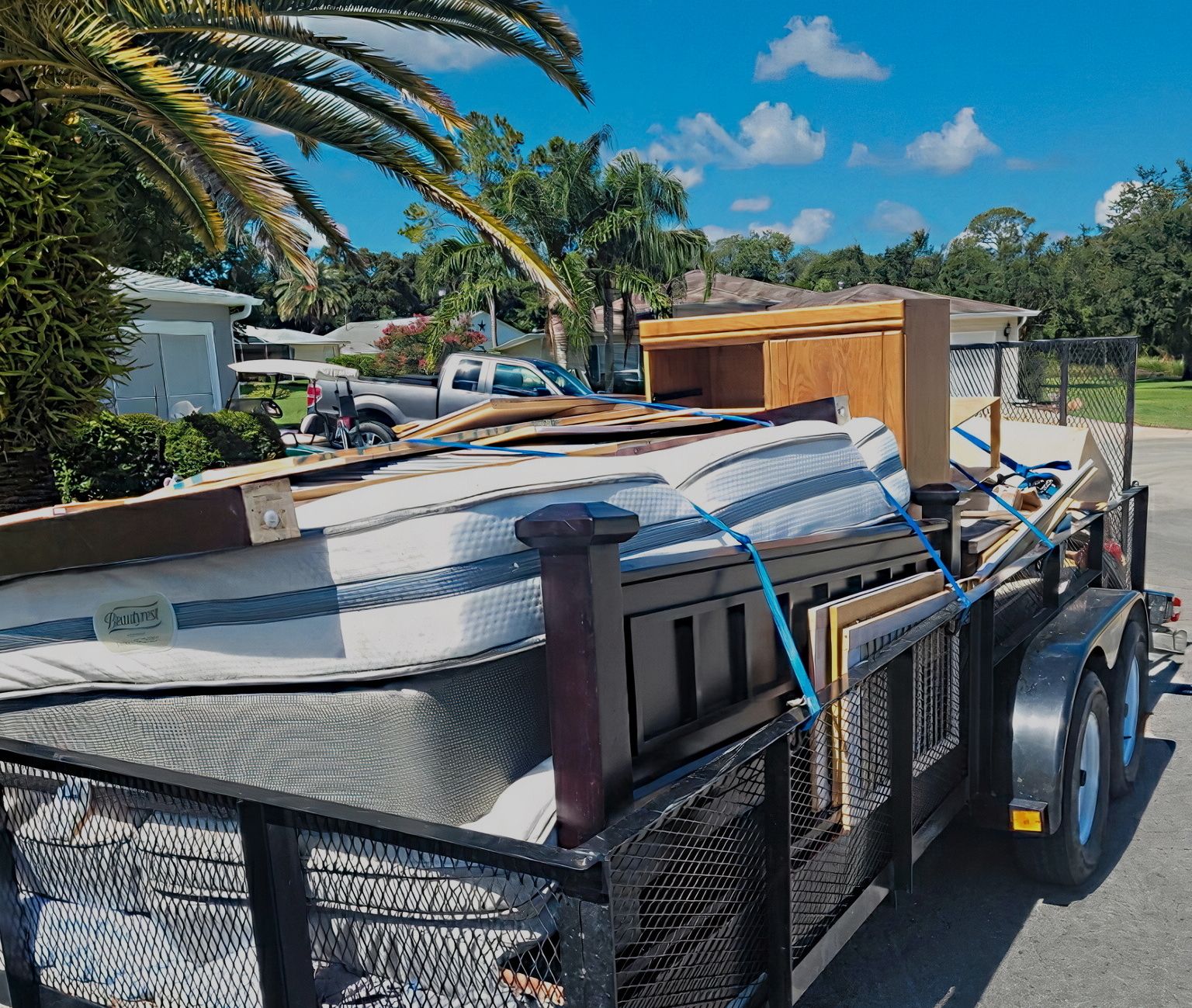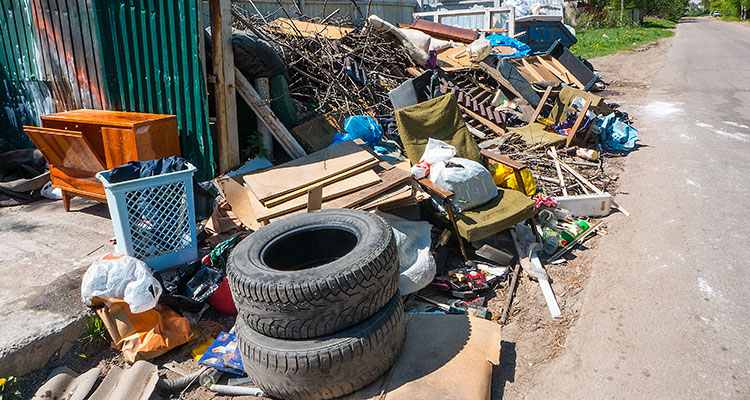Expert Waste Management Approaches Tailored for Industrial Setup
In commercial atmospheres, the administration of waste is a vital aspect that requires accuracy and experience. Tailoring waste management approaches to match the special demands of industrial settings is not just beneficial yet essential for keeping functional effectiveness and ecological sustainability. By comprehending the complexities of different types of industrial waste, applying proper managing treatments for hazardous materials, and developing reliable recycling methods, organizations can considerably lower their ecological footprint and possible responsibilities. The quest for better waste management in commercial settings includes a meticulous strategy that stabilizes regulative compliance, cost-effectiveness, and ecological duty.
Value of Tailored Waste Management
Customized waste administration techniques are essential in industrial setups to maximize source application and decrease ecological influence. Industrial operations produce a considerable amount of waste, ranging from strong results to chemical toxins, posturing a hazard to the setting if not managed effectively (Furniture removal Atlanta). By tailoring waste monitoring methods to fit the particular needs and obstacles of each industrial facility, firms can not only adhere to regulations however also boost operational efficiency and sustainability
One trick element of tailored waste monitoring is conducting a comprehensive waste analysis to determine the types and quantities of waste produced. This analysis enables companies to carry out targeted services such as recycling programs, waste partition protocols, and waste-to-energy efforts. By understanding the make-up of their waste streams, industrial centers can develop cost-effective methods to reduce waste generation at the source, bring about long-lasting ecological benefits.

Kinds Of Hazardous Waste
What are the various classifications of commercial waste commonly generated in producing processes? Industrial waste can be categorized right into numerous main classifications based on its make-up and characteristics. Contaminated materials is among the most vital kinds, consisting of chemicals, solvents, hefty steels, and other materials that position a danger to human health and wellness or the setting. This group usually calls for special delivery and disposal approaches to protect against contamination and make certain security.
One more common type of hazardous waste is non-hazardous waste, which incorporates products like paper, plastics, and product packaging waste. While non-hazardous waste may not position immediate dangers, proper administration is still vital to decrease landfill use and advertise recycling and sustainability practices.

Hazardous Waste Handling Treatments
Effective monitoring of hazardous waste in industrial settings necessitates stringent adherence to developed taking care of treatments to mitigate risks and guarantee Check Out Your URL environmental security. Harmful waste handling treatments include a number of crucial actions to decrease the possible influence on human health and the environment.
Secondly, once determined, contaminated materials needs to be meticulously set apart from non-hazardous waste to stop contamination and make certain correct treatment. Storage of contaminated materials should comply with regulations regarding control, labeling, and compatibility to avoid leaks, spills, or other events that could endanger employees or the atmosphere.
Moreover, managing procedures should consist of the usage of personal protective tools, staff member training, and emergency action procedures. Routine inspections, monitoring, and documents of harmful waste handling activities are important to preserving conformity and determining areas for improvement. By adhering to these structured procedures diligently, commercial facilities can successfully handle hazardous waste and promote their commitment to ecological stewardship.
Carrying Out Efficient Reusing Practices

To implement effective recycling techniques, commercial facilities must initially conduct a waste audit to determine the kinds and amounts of recyclable materials produced in their procedures. Based upon this audit, firms can then establish marked recycling stations, supply appropriate training to workers on appropriate sorting strategies, and collaborate with trusted reusing companions for the collection and handling of products. Additionally, establishing specific recycling objectives, tracking progression, and on a regular basis communicating with personnel regarding the significance of reusing are vital actions to ensure the success and sustainability of recycling efforts in commercial settings.
Tracking and Continuous Enhancement
To ensure the efficiency and sustainability of waste administration approaches in industrial setups, the implementation of robust monitoring and continuous improvement processes is vital. Tracking includes tracking crucial performance signs (KPIs) such as waste generation rates, reusing percentages, and disposal costs. Frequently examining these metrics permits organizations to recognize locations for improvement and measure the success of executed waste administration efforts.
Continual improvement is necessary for refining procedures over time. It includes analyzing monitoring data, determining inadequacies, and implementing modifications to maximize waste monitoring practices better. This iterative technique promotes a culture of recurring improvement and technology within the company.
Using technology like waste monitoring software program and IoT sensing units can enhance keeping an eye Full Report on efforts, providing real-time information for notified decision-making. Employee training and involvement additionally play a crucial role in guaranteeing the success of surveillance and continuous enhancement efforts, as frontline staff are commonly key players in waste management procedures.
Final Thought
To conclude, tailored waste administration strategies are vital for commercial setups to effectively deal with different kinds of waste, consisting of hazardous materials. By executing effective reusing techniques and continuously monitoring and enhancing waste monitoring procedures, markets can lessen their ecological effect and make certain compliance with policies. It is crucial for companies to prioritize waste monitoring to protect the setting and promote sustainability in their operations.